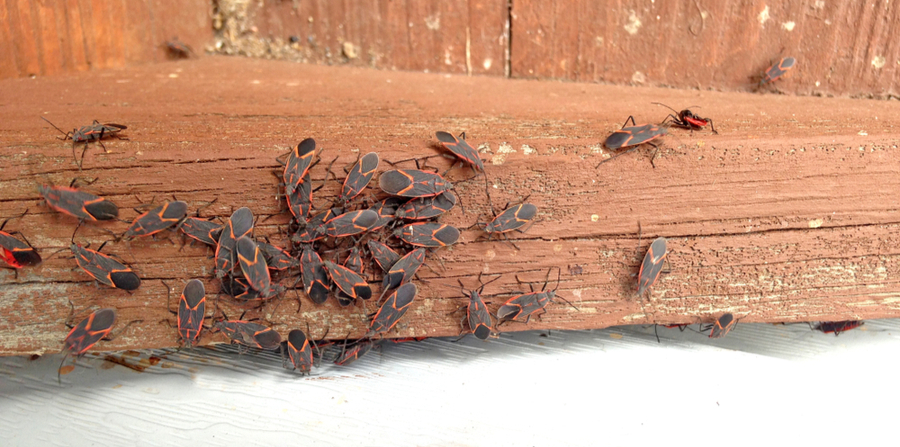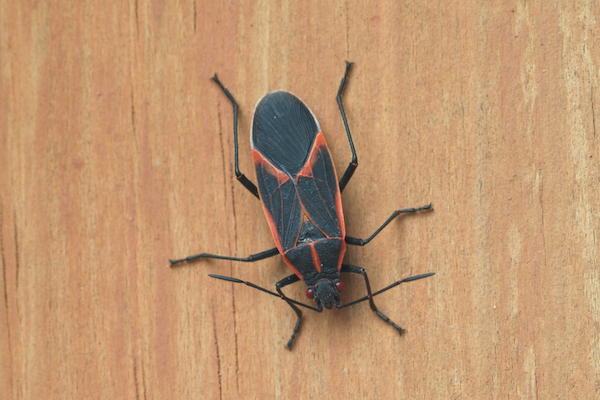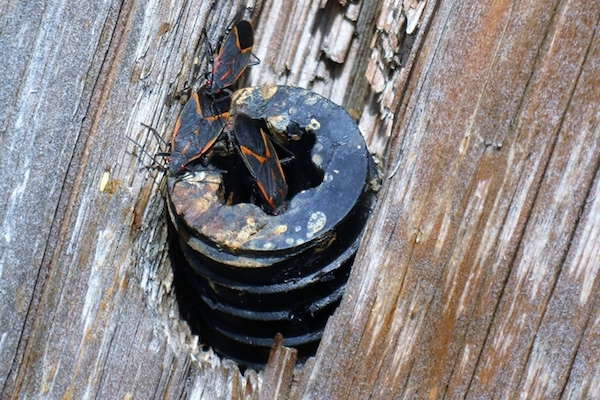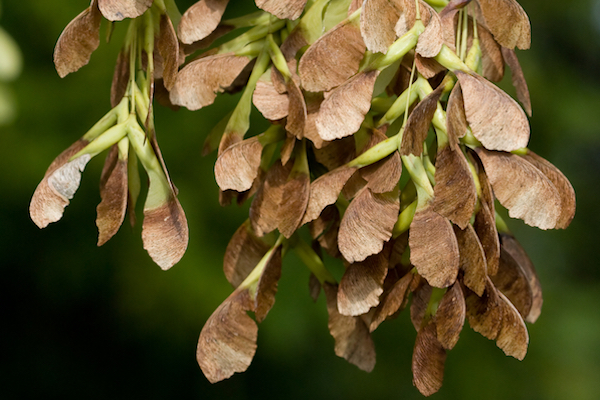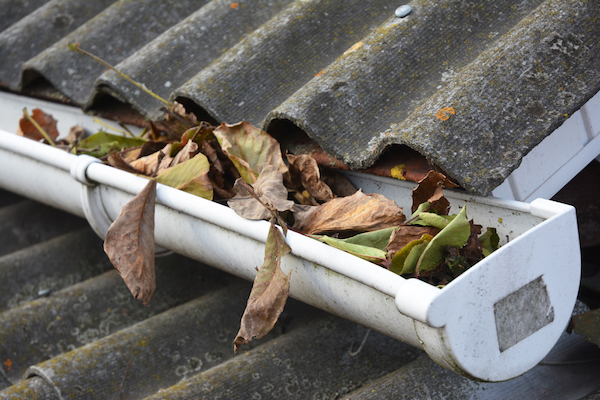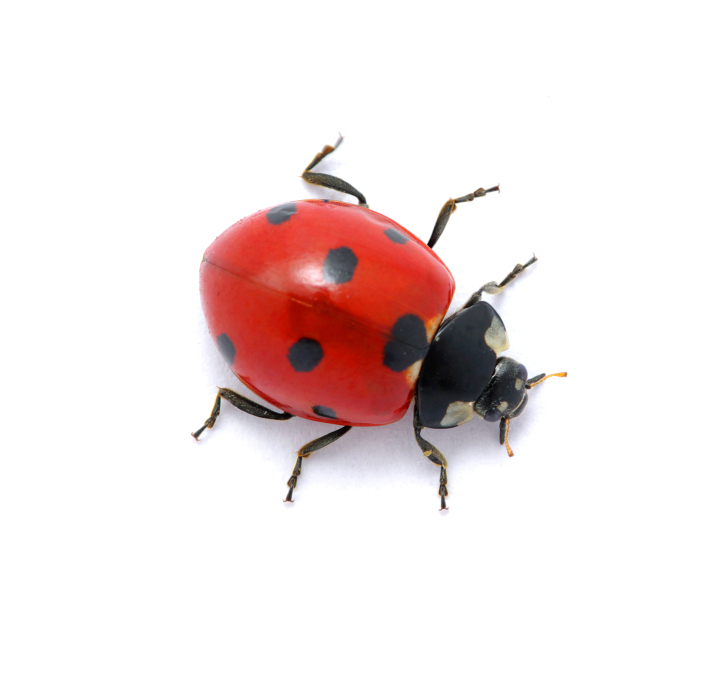When is it not boxelder season? It seems like these gross red-and-black bugs are everywhere, all the time. Around this time of year, however, you may notice they’re around even more than usual. Boxelders wake up and start moving around starting in early spring. Unfortunately, they often wake up and start moving around in your home.
But why are boxelders around your home so much this spring? Where are they coming from? What do they want? Most importantly, how can you get them to go away? Here’s everything you need to know about boxelder bugs in spring.
What they are
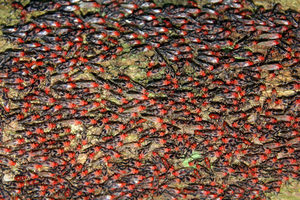 Even if you don’t know boxelder bugs by name, you almost certainly know them by sight. These bugs are extremely common in the fall and spring, when they swarm around windows, porches, and door frames. Boxelder bugs are a type of “true bug” in the Hemiptera order, similar to stink bugs. Like stink bugs, they can also release a foul-smelling scent if threatened or crushed. Despite these similarities, however, boxelder bugs are not considered stink bugs.
Even if you don’t know boxelder bugs by name, you almost certainly know them by sight. These bugs are extremely common in the fall and spring, when they swarm around windows, porches, and door frames. Boxelder bugs are a type of “true bug” in the Hemiptera order, similar to stink bugs. Like stink bugs, they can also release a foul-smelling scent if threatened or crushed. Despite these similarities, however, boxelder bugs are not considered stink bugs.
Boxelder bugs have .5 inch long black bodies with distinctive bright red or orange ‘X’-shaped markings on their backs. They tend to congregate on warm, heat-reflecting surfaces such as windows or porches in large groups. Boxelder bugs feed almost exclusively on the flowers, leaves, and seeds of boxelder trees. These bugs enter reproductive season in mid-spring or early summer, shortly after re-emerging from winter hiding places. Homes with southern or western exposure might be particularly attractive to boxelder bugs.
Why they’re back
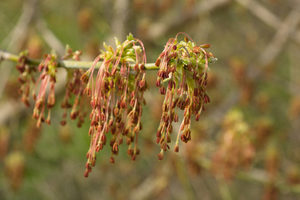 Like stink bugs, boxelder bugs never really leave Michigan. Instead, they overwinter in hidden, secluded places where they can survive the cold. Boxelders survive winter temperatures by bunching together and squeezing into tight nooks and crannies. They seek out warm, dark places where they can remain unnoticed and dormant for months at a time. Unlike stink bugs, they don’t fully enter diapause. During warm enough winter days, boxelders may temporarily re-emerge.
Like stink bugs, boxelder bugs never really leave Michigan. Instead, they overwinter in hidden, secluded places where they can survive the cold. Boxelders survive winter temperatures by bunching together and squeezing into tight nooks and crannies. They seek out warm, dark places where they can remain unnoticed and dormant for months at a time. Unlike stink bugs, they don’t fully enter diapause. During warm enough winter days, boxelders may temporarily re-emerge.
Boxelder bugs re-emerge from their winter hiding places as soon as they can survive outdoor temperatures. In other words, the boxelders you find in your home in spring were probably there all winter. Boxelders are very temperature-sensitive and crave warmth, so they’re commonly found around sunny windows and reflective surfaces. The bugs congregate in large swarms in order to keep one another warm and exchange information via pheromones. These swarms may sometimes get trapped or lost inside homes as they try to find their way out.
What they want
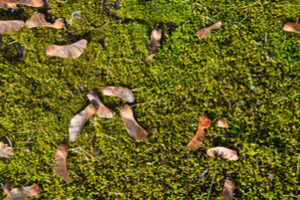 When boxelder bugs re-emerge from the overwintering sites, their top priority is food. Remaining inactive for long periods is very taxing to boxelder bugs, so they need to recharge quickly. During this period, adult boxelders are usually encountered on the ground, where they eat low vegetation and fallen seeds. Boxelders seek out female acer trees for their plentiful fallen seeds and flowers. Boxelders don’t begin mating until they’ve acquired enough energy from feeding, which can take weeks.
When boxelder bugs re-emerge from the overwintering sites, their top priority is food. Remaining inactive for long periods is very taxing to boxelder bugs, so they need to recharge quickly. During this period, adult boxelders are usually encountered on the ground, where they eat low vegetation and fallen seeds. Boxelders seek out female acer trees for their plentiful fallen seeds and flowers. Boxelders don’t begin mating until they’ve acquired enough energy from feeding, which can take weeks.
Once boxelder bugs find their way outside and acquire sufficient energy, they usually move to a nearby acer tree outside. From there, they lay eggs, eat, and prepare to begin the whole cycle again. Like stink bugs, boxelder bugs do not eat, mate, or reproduce indoors. They only enter buildings in order to stay warm, and they’re only interested in leaving come spring. Boxelders aren’t dangerous, but their stench and sheer number can make them a serious nuisance.
What you can do
 The most important thing to remember about boxelders control is that when they die, their bodies attract other pests. Don’t kill the boxelders you encounter in your home, especially if they’re in your walls. Instead, vacuum or sweep up the boxelders you encounter and dispose of them outdoors. You could also use soapy water to kill the boxelders, as long as you remove the bodies after they die. Scrub down any areas where boxelders congregated with soapy water, too.
The most important thing to remember about boxelders control is that when they die, their bodies attract other pests. Don’t kill the boxelders you encounter in your home, especially if they’re in your walls. Instead, vacuum or sweep up the boxelders you encounter and dispose of them outdoors. You could also use soapy water to kill the boxelders, as long as you remove the bodies after they die. Scrub down any areas where boxelders congregated with soapy water, too.
After you’ve cleared out the existing boxelders, you have some time to make sure they don’t come back. Boxelders won’t try getting back into your home until early fall, when they need to overwinter again. Before this happens, try to find and seal off the ways they get in. Boxelders usually find cracks and crevices near window sills, door frames, and baseboards. Use caulk to re-seal these openings, and you should be able to keep boxelders from getting in next season.
Don’t beat yourself up for having boxelders in your home this spring. Those little pests are as tricky and resourceful as they are smelly. There’s a reason there are so many of them.
If you need a little help beating back your black-and-red nemesis, don’t hesitate to give Griffin a call today. We can drive the bugs out, seal up your home, and make sure you get back to enjoying your spring.

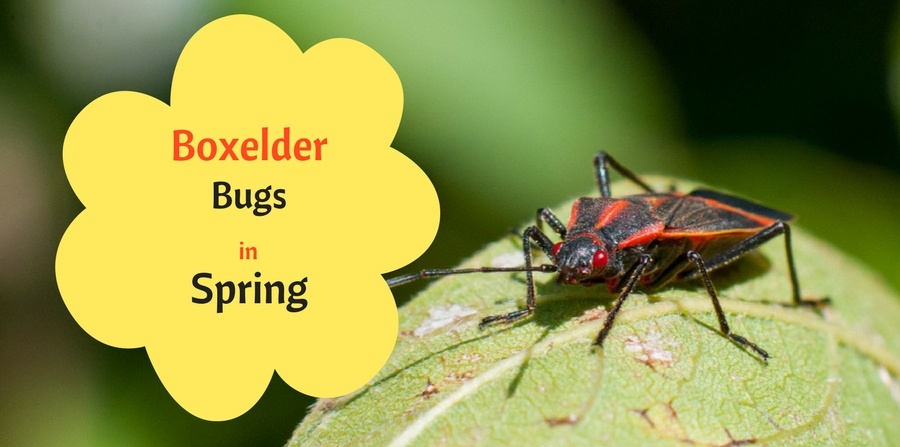
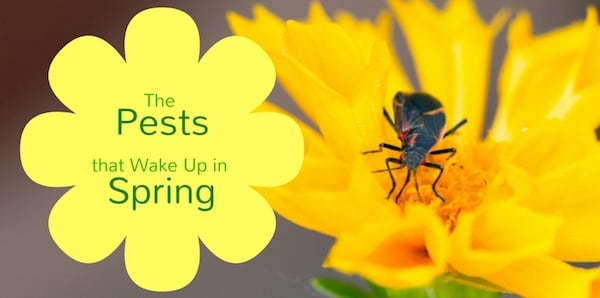
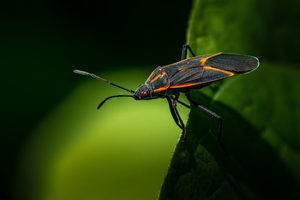 Starting in early fall, boxelder bugs go looking for dry, warm places where they can wait out the winter. Unfortunately, those dry, warm places often include our homes. When spring comes around,
Starting in early fall, boxelder bugs go looking for dry, warm places where they can wait out the winter. Unfortunately, those dry, warm places often include our homes. When spring comes around, 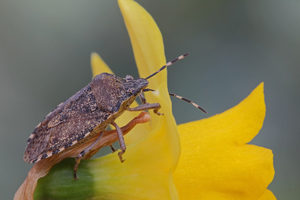 Stink bugs follow a similar seasonal routine to boxelder bugs, and they’re around for the same reasons. During fall, they desperately seek out any warm place where they can
Stink bugs follow a similar seasonal routine to boxelder bugs, and they’re around for the same reasons. During fall, they desperately seek out any warm place where they can 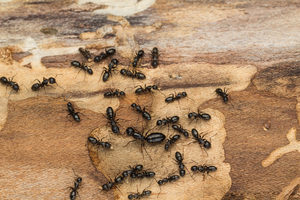 During spring, the infamous wood-infesters
During spring, the infamous wood-infesters 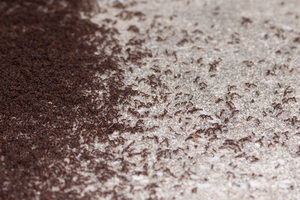 Unfortunately, carpenter ants aren’t the only ants reproducing and foraging in the spring and summer. In late spring, the brief but very active
Unfortunately, carpenter ants aren’t the only ants reproducing and foraging in the spring and summer. In late spring, the brief but very active 